If you are buying a new UHD TV, a media player, or an AVR for a home theater treat, make sure you have learned something about the concept of HDCP. This could save you from the awkward situation where you have squandered a lot of money only to see a blank screen or the error “HDCP unauthorized. Content disabled.” on it. To have your video content played smoothly, the key is to assure that what you are buying is all HDCP-compliant.
What is HDCP and why it is important
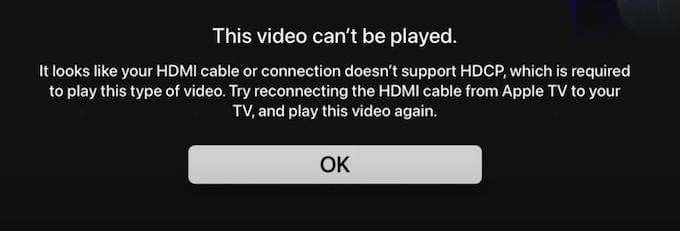
A newbie to AV setup may ask — what is HDCP? Well, HDCP stands for High-bandwidth Digital Content Protection. This protocol is formed to protect digital audio and video content from being copied and distributed as the signals travel through connections (mainly HDMI, DP, and DVI) to devices. Hence, if the content you are playing is HDCP-encrypted and the receiver like an AVR or an HDTV does not support HDCP, the a/v signals could be rejected and fail to show themselves on your screen.
You may have heard about HDCP and wondered what is the difference between HDCP 1.4 and HDCP 2.2. We will talk about it later.
In fact, if you are planning a home theater setup, not only your audio-video receiver and HDTV shall support HDCP, but also the HDMI extender (if you are using an HDMI extender to extend your HDMI cables), HDMI splitter/switch, and the cables you are using for the wiring should be HDCP-compliant. As long as you are watching the programs that are protected by such code (which people with a home theater almost 99% do), being HDCP-compliant is a must for your complete AV experience.
Content and services that use HDCP
HDCP is required to stream Netflix from a device connected to your TV. It is the same for Roku, programs on Apple TV, NowTV, and most streaming services that offer 4K movies and copyrighted content.
In order to help viewers out of the HDCP error, Netflix published a post introducing ways to troubleshoot. Well, sometimes people get frustrated and have to purchase a new TV or AV device to replace the old one if they have never noticed this trick for home theater setup in the first place.
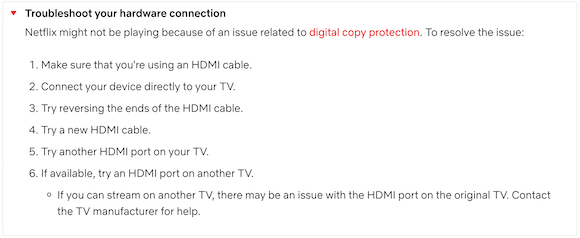
HDCP 1.4 vs HDCP 2.2: what’s the difference?
HDCP 1.4 and HDCP 2.2 are the most widely used standards now. Sometimes people may confuse them with HDMI (see HDMI 2.0 VS HDMI 2.1). In fact, they are totally different stories. HDCP 1.4 and HDCP 2.2 are two generations of content protection management.
In most cases, HDCP 1.4 is adopted to protect full HD content and HDCP 2.2 is an upgraded version to protect 4K UHD. If you wanna enjoy 4K content that is managed by HDCP 2.2, an HDCP 1.4 device may fail your attempt.
HDCP is downwards compatible. That is, HDCP 2.2 devices would be happy to give way to HDCP 1.4 content. In the future, the next generation of HDCP 2.3 may become more popular for 8K content
What’s HDCP-compliant AV installation
After answering the question of what is HDCP, let’s see how to make sure that your system is HDCP-compliant.
As we have mentioned, besides the fascinating AV equipment, don’t forget to stay alert when you are doing the integration and installation — the connecting cables, HDMI extenders, splitters, or switches. They may be invisible in the house, but they are playing an indispensable role to get the audio-visual flow freely in your space.
ProAV products like HDMI extender, splitter, and switch tremendously enhance your AV integration flexibility. Features like IR control extension, ARC (audio return channel), and Ethernet pass-through are also integrated into these devices. The most typical feature of ARC almost is a must for a home theater, which helps #deliver in-built TV apps’ audio to your AV receiver.
AV Access takes HDCP seriously and most of our products have adopted HDCP 1.4. HDCP 2.2 or HDCP 2.3 for full HD and 4K UHD experience. Here are a collection of products that may fit your different installation needs for a home theater setup.
A lite set for TV room setup
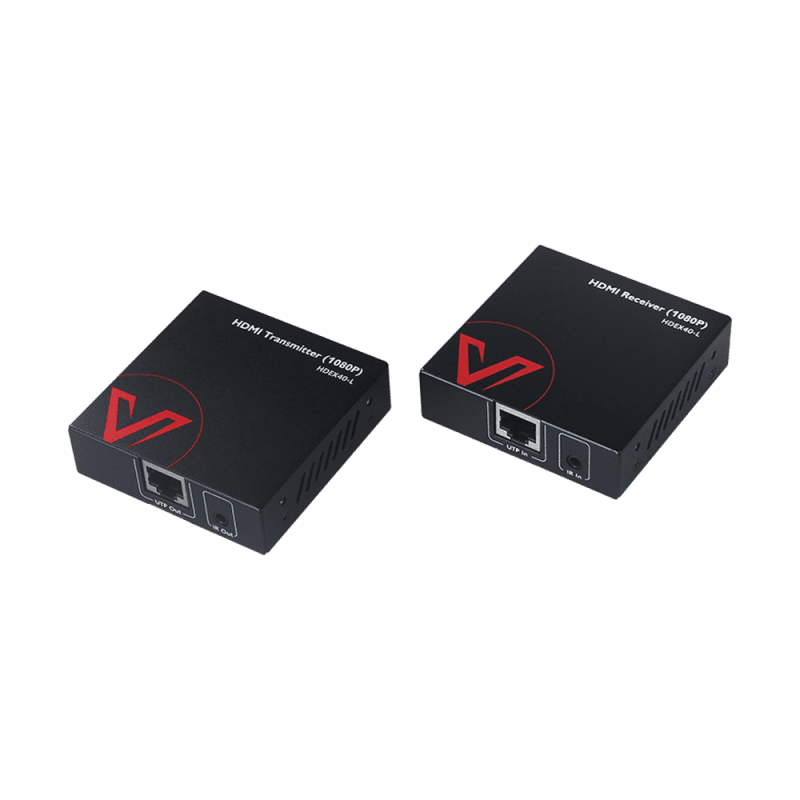
This is a lite and economic set for HDMI (1080p) and IR control extension. It’s HDCP-compliant (1.4) and often used to hide a TV box or game console in the closet and have the IR remote control still work perfectly.
A basic device for a home theater
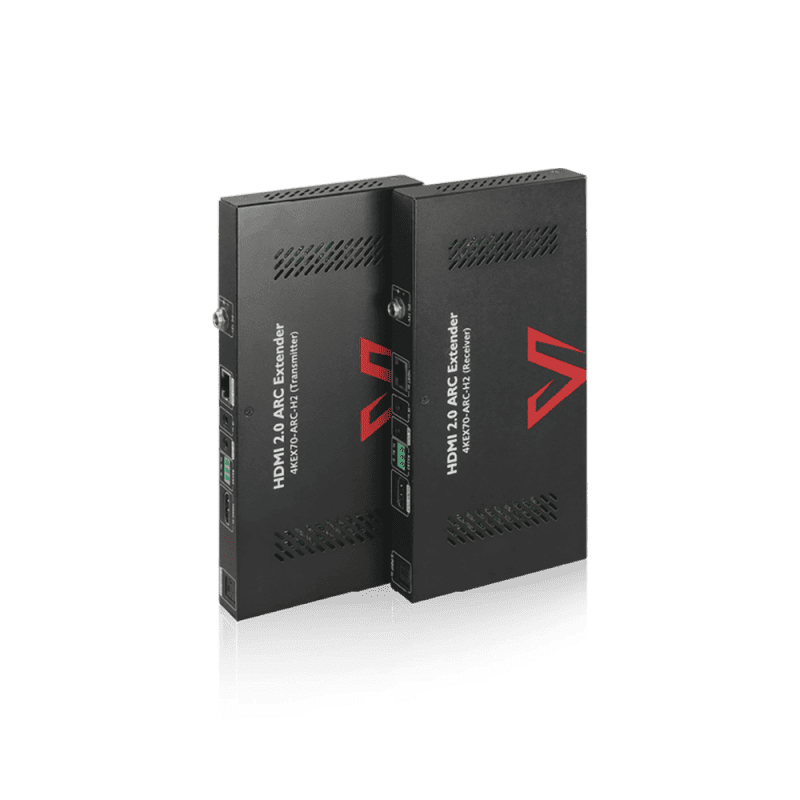
This is one of our best-sellers for a home theater setup with the ARC feature to return audio to the AVR. The extender is for 4K@60hz transmission, HDCP-compliant (2.2), and equipped with a two-way IR extension. This module is often used to integrate your TV/projector, AVR, and video source devices such as a set-top box.
The best pick for a Dolby home theater
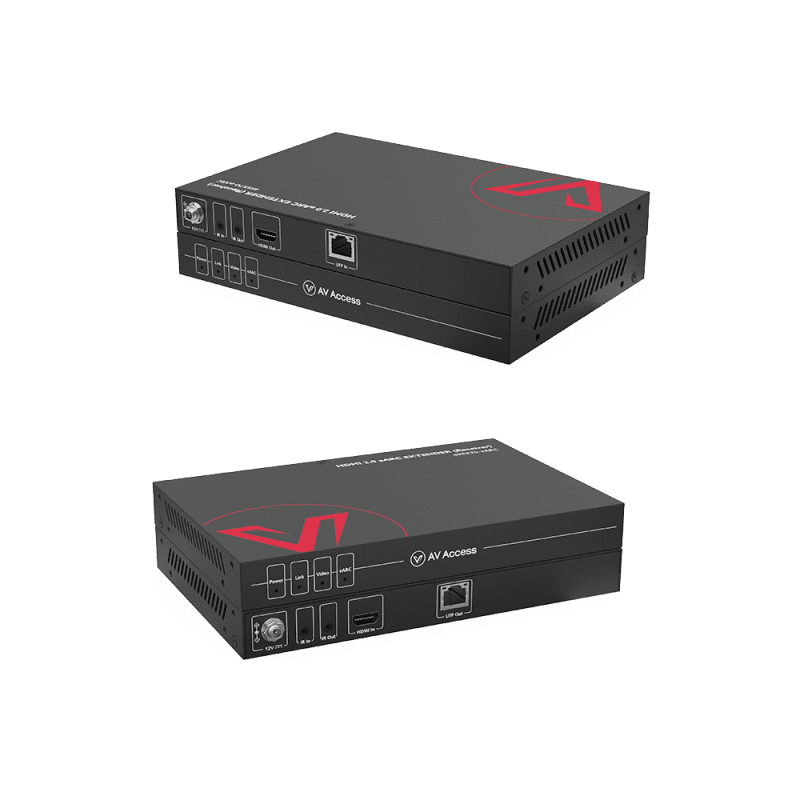
This is the most functional set for your home theater. The eARC feature helps transmit high-bitrate audio formats like Dolby Atmos and DTS: X. The extender is HDCP 2.3-compliant (get yourself prepared for the 8K era) and equipped with the two-way IR extension.
Perfect for top-quality audio and video transmission.
More about home theater installation
You may have your home theater all installed and unfortunately, the HDCP error just pops up. Is there any way to solve the problem? We are writing up a new piece to introduce how to solve the HDCP error. If you just start looking for home theater setup ideas, understanding what are HDCP, ARC, and eARC prior to your installation would be extremely helpful.
Original copy: https://www.avaccess.com/blogs/guides/what-is-hdcp-1-4-vs-2-2/

No comments yet